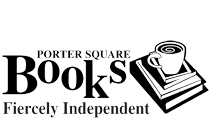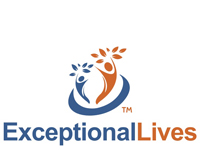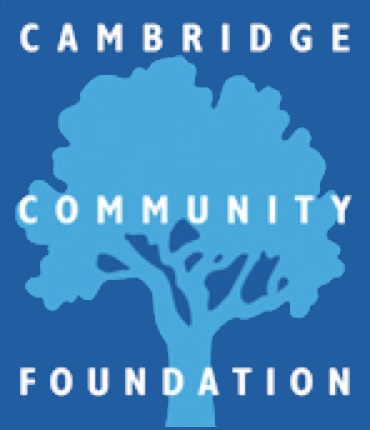2011 Many Voices
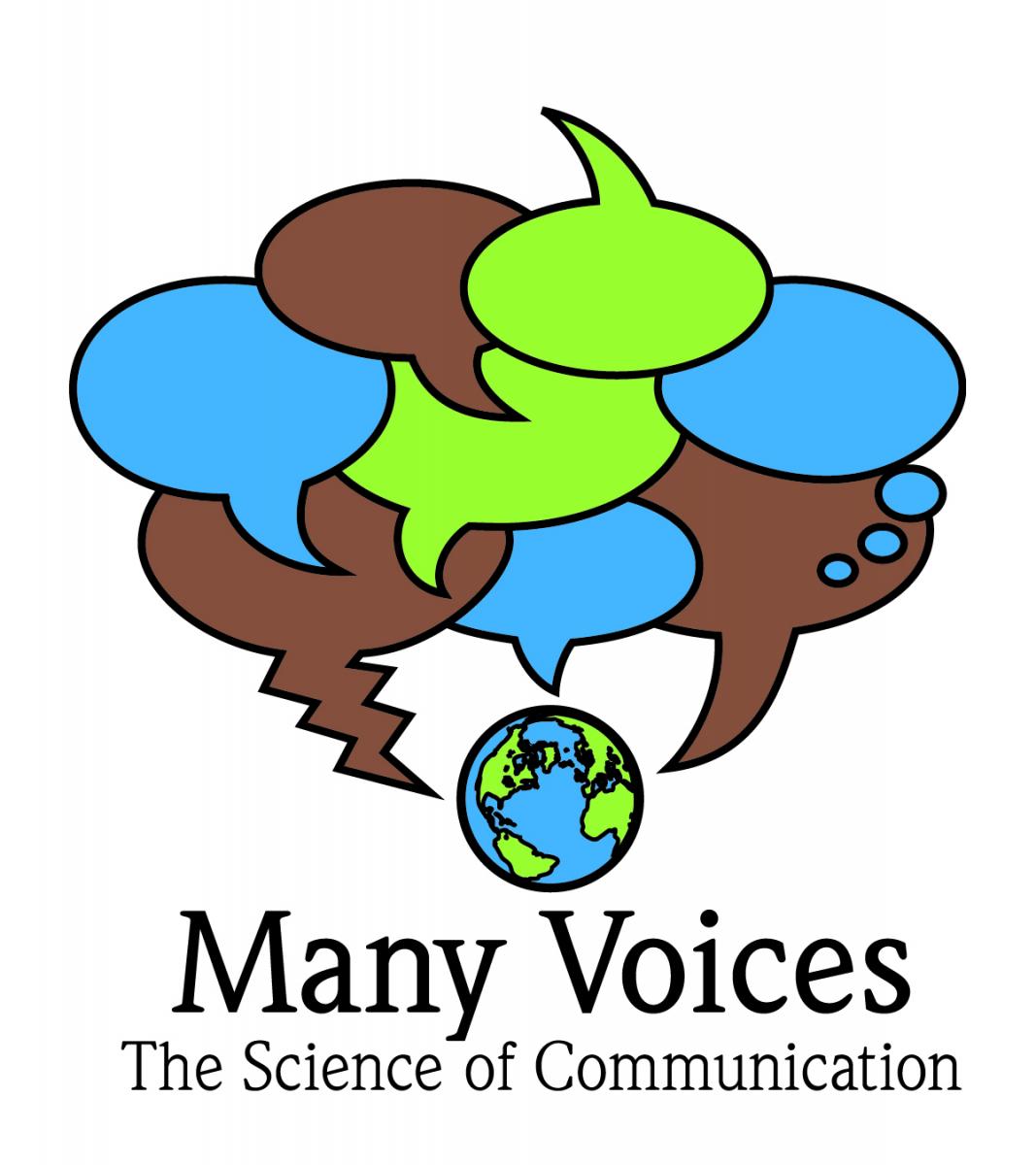
This collection of songs about the science of communication by contemporary composers David Haines, Andrea Gaudette, Bruce Lazarus, Lauren Mayer, and John Morrison was performed together for the first time by the NCFO Festival Chorus as part of the fifth annual Cambridge Science Festival, April 30 - May 8, 2011.
The Festival Chorus comprised more than 60 adults and children (ages 5 and up) from Cambridge and surrounding communities. The three FREE performances during the week of the Cambridge Science Festival included:
- Sunday evening May 1, 6:30 pm - Cahners Auditorium at the Museum of Science [directions]
- Saturday afternoon May 7, 2:30 pm - Cambridge Public Library, main branch [directions]
- Sunday afternoon May 8, 3:00 pm - Broad Instititute at MIT, 415 Main Street (7 Cambridge Center) [directions]
A complete set of lyrics from Many Voices is available here.
See below for the music from Many Voices and the composers who wrote it. The performance audio and video (well, more of a slide show, really) are from the May 8, 2011 performance at the Broad Institute.
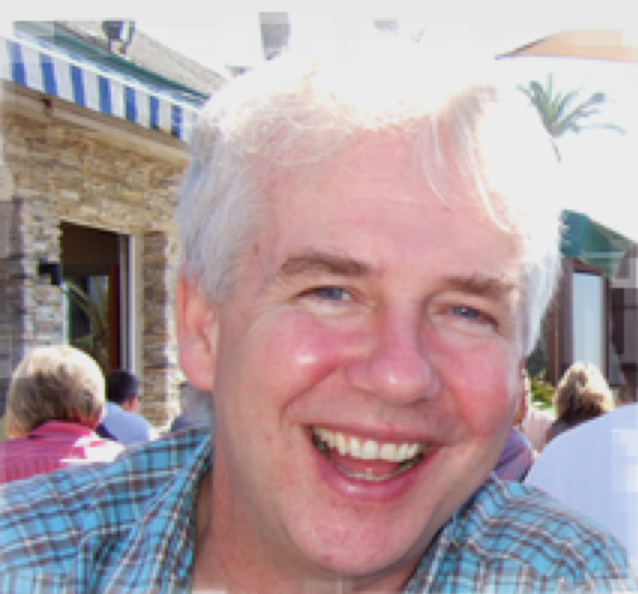 |
Trained at Bristol University, London's Guildhall School, and Banff School of Fine Arts, David Haines has written fifteen music theater works, including The Puzzle Jigs, which was performed by NCFO in 2003 and 2008. He has worked with many thousands of schoolchildren and has a special interest in using song to enhance the science curriculum. The NCFO Science Festival Chorus performed David's science oratorios Lifetime: Songs of Life and Evolution in 2007 andPowers of Ten in 2008. More recently, Powers of Ten was the official opening event of the first USA Science and Engineering Festival in Washington DC. David is the Cambridge Science Festival's Songwriter-in-Residence 2011-2014, and has just been appointed to the same role with Green Schools Alliance. He lives and teaches in Teignmouth, Devon in southwestern England. |
Many Voices: The Science of Communication features twelve songs by David Haines, including
- Ancestral Voices (American premiere) – More than anything else, what makes Homo sapiens unique is our ability to connect with our ancestors and through what they, and to bequeath our thoughts, dreams, wisdom, knowledge and understanding to future generations.
[performance audio/performance video]
- Reflex Trick (American premiere) – The most rudimentary form of communication in multicelular creatures is between different parts of the body. In general, the more primitive the animal, the more automatic their responses to stimuli, but even in humans, the “reflex arc” enables us to escape potential dangers before we are even conscious of them. The body reacts to threatening stimuli immediately and lets the brain think about it later. Written in collaboration with students of Coombeshead College, Newton Abbot, UK.
[performance audio/performance video]
- Animal Chat (American premiere) – Evolution has created numerous means of communication between animals as simple as bacteria and as complex as humans. Four senses predominate: sound (crickets chirping to human speech), sight (the honey bee’s dance to human body language), touch (elephants stroking trunks or humans hugging) and smell. And some animals have an additional sensory organ in their nose, the vomeronasal or Jacobson’s organ, which is highly sensitive to the pheromones that animals use to communicate. Written in collaboration with students of Gatehouse School, Dawlish, UK.
[performance audio/performance video]
- Honey Bee (world premiere) – The honey bee’s waggle dance is a wonder of nature. The worker uses the dance to communicate to her colleagues the precise location of a good source of food, up to eight miles away. Commissioned by Andy Adler and Ann Braude for NCFO. Solo by Jennifer Norman.
[performance audio/performance video]
- Language Ladder (American premiere) – Few, if any, animals communicate with abstract language humans do, and infants develop language skills with incredible speed. The headlong hurtle into speech from crying and snuffling to senseless babbling then on through single words to whole phrases and sentences in the space of just 2 or 3 years is truly miraculous. Written in collaboration with students of Bishopsteignton Primary School, Teighmouth, UK.
[performance audio/performance video]
- Chomsky's Brain (world premiere) – Noam Chomsky has surely attained legendary status in his own lifetime. Notorious for his iconoclastic political writings, Chomsky’s work as a linguist has also been controversial. His view that the human brain is “pre-wired” for language with what is known as "universal grammar" – an inbuilt basic structure into which the child’s syntax and vocabulary are "loaded" in the first years of life – is widely accepted in many professional circles, but hotly disputed in others. Commissioned by Andy Adler and Ann Braude for NCFO.
[performance audio/performance video]
- Six Dots (American premiere) – Blinded as a toddler, Louis Braille adapted a military code of raised dots and dashes into an alphabet for the blind in 1824, while only 15 years old. Neglected in his lifetime, Louis Braille’s brilliant invention has transformed the lives of generations of blind people the world over. Written in collaboration with members of Teignmouth Community Choir, Devon, UK.
[performance audio/performance video]
- Dots and Dashes (American premiere) – The first form of communication that could instantly traverse great distances was the telegraph, developed independently by Samuel Morse in the US and by Wheatstone and Cooke in England. The Morse code of electrical pulses of different durations through copper wires was eventually replaced by changes in light intensity in fiber optic cables. Written in collaboration with students of Cape Cornwall Community College, Penwith, Cornwall, UK.
[performance audio/performance video]
- Exoplanets (world premiere) – David says his recent meeting with MIT Astrophysicist Sara Seager in her 14th floor office overlooking the Charles River was an inspiring glimpse into a modern-day explorer’s mind. "She’s evidently a rigorous scientist who moves freely and easily in a mathematical world I can only vaguely appreciate, but she’s driven by a passion to explore our cosmos and is riding a wave of tangible excitement towards the near-certain discovery of an Earth-like planet – perhaps even bearing life – within the next few years." Composed as the Cambridge Science Festival composer-in-residence. Solo by Jennifer Norman.
[performance audio/performance video]
- Street-fighting Math (world premiere) – David's meeting with Sanjoy Mahajani took place in the livelier, noisier ambience of a North End coffee house, but he says it was no less inspiring. "I had a feeling that Sanjoy was doubtful at first that a songwriter could empathise with his vision of equipping math students with the tools and the courage to break free of rigid systems of working, of feeling that everything they do has to be accurate and precise to the nth degree. But as he warmed to his subject I shared his excitement and have tried to hint at his suggested methods in the song, though a detailed understanding of them can only come from reading his book Streetfighting Math." Composed as the Cambridge Science Festival composer-in-residence. Solo by Jennifer Norman.
[performance audio/performance video]
- Only Conect (American premiere, written in collaboration with students of Shaldon Primary School, Devon, UK) – "It seems reasonable to envision … a 'thinking center' that will incorporate the functions of present-day libraries together with information storage and retrieval. The picture readily enlarges itself into a network of such centers, connected to one another by wide-band communication lines and to individual users by leased-wire services."
- JCR Licklider, internet visionary, March 1960
[performance audio/performance video]
- Satellites (American premiere) – Our skies are crowded with thousands of functioning satellites, including communications, broadcasting, navigation, reconnaissance, environmental monitoring, and weather and climate satellites, the International Space Station and the Hubble Space Telescope. Written in collaboration with students of Trinity Senior School, Teignmouth, UK.
[performance audio/performance video]
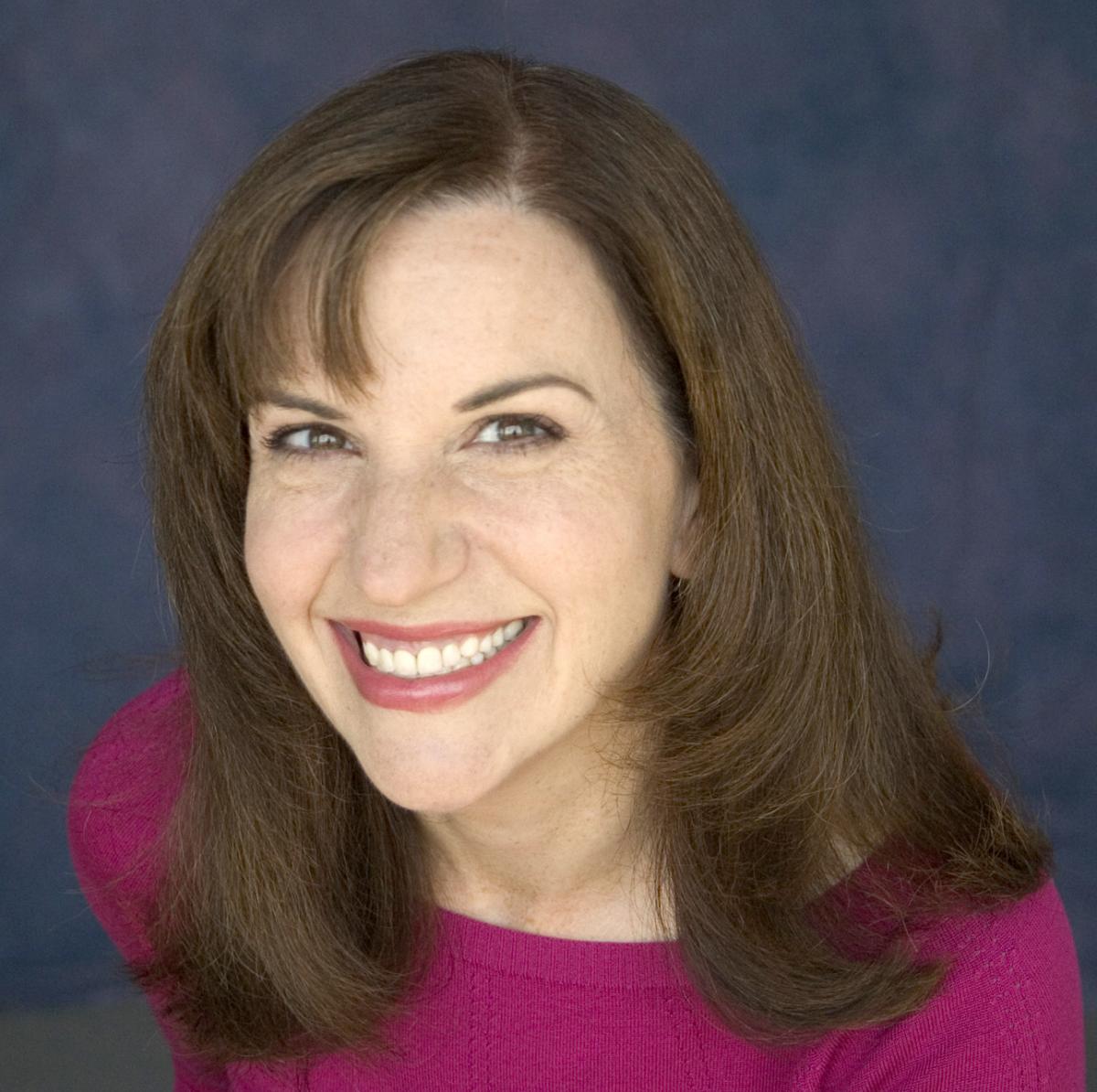 |
Lauren Mayer is a California-based, award-winning writer and entertainer, who has performed hundreds of custom-written programs. She is a summa cum laude graduate of Yale University, the founder of Curriculum Rocks (producing award-winning children's educational music), the writer of several published musicals, and a five-time recipient of the San Francisco Cabaret Gold Award. She has recorded two album of comedy songs for Moms, (Psycho Super Mom,Return of Psycho Super Mom), and recently released Latkes, Shmatkes, comedy songs for Chanukah. Despite these awards and accomplishments, Lauren’s mother still doesn't understand why she didn't go to law school. |
Many Voices: The Science of Communication features three songs by Lauren Mayer, which were commissioned by NCFO:
- Barks, Growls, Whimpers and Howls – Communication occurs not only between members of the same species but between species as well. Since canines were first domesticated 15,000 years ago, dogs and humans have communicated with each other to a remarkable extent.
[performance audio/performance video]
- Beauty and a Brain (vocal arrangement by David Bass) – Hedy Lamarr was best known as a glamorous movie star in the 1930s through 1950s, but she was also a mathematician and scientist. In 1941 she co-invented “frequency hopping”, a method for secure wireless communication that became the basis for the spread-spectrum communication technology used in Wi-Fi, mobile phones and cordless phones.
[performance audio/performance video]
- Faster and Faster – Major advances in communication technology used to come centuries apart. Now they arise every few years.
[performance audio/performance video]
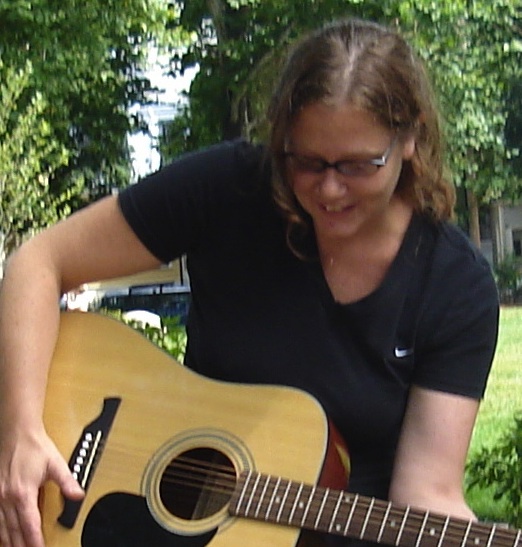 |
Andrea Gaudette has been playing music professionally since age 14, when her first job carried the title "substitute organist" for her parish church. During high school, she spent two summers studying theory and composition at Tanglewood. In 1990, she received her Bachelor's Degree of Music with Academic Honors in Composition from New England Conservatory of Music. She has been teaching piano, theory, composition, voice, choir, instrumental ensembles and creative arts to children in a variety of settings since 1988, currently at Saint Peter School in Cambridge. She is also a candidate for the Master's in Music Education degree at Boston Conservatory. Ms. Gaudette lives in Cambridge with her husband and 15-year-old daughter. All three have been active in NCFO since 2006. |
Many Voices: The Science of Communication features one song by Andrea Gaudette:
- Mirror (world premiere) – Mirror neurons fire both when an animal acts and when the animal observes the same action performed by another. The functions of the mirror neuron system are uncertain, but it is speculated that the are involved in language acquisition, learning through imitation, empathy, theory of mind skills, and understanding the intentions of others. Some researchers believe that a deficiency in mirror neuron activity is associated with autism.
[performance audio/performance video]
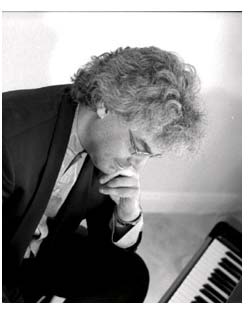 |
Composer Bruce Lazarus’ recent compositions include The Messier Catalogue of Star Clusters and Nebulae - a forty-five minute “astronomical adventure” for solo piano - to be released on CD and digital download (at iTunes and Amazon) by CCR/Naxos of American Records on May 1; incidental music and songs for the Marymount Manhattan College production of As You Like It, and November Sonata for flute and piano. He studied composition at Juilliard and later earned his PhD in music theory at Rutgers University. Lazarus is currently an Adjunct Assistant Professor of Music at Metropolitan College of New York and company pianist for Dance Theater of Harlem. Bruce's father worked at Bell Labs on the Telstar project. |
Many Voices: The Science of Communication features one piece by Bruce Lazarus, which was commissioned by NCFO:
- A Tower in Space (lyrics by Bruce Lazarus and David Bass) – Telstar 1 was the one of the first objects launched into Earth orbit, and the first active communication satellite, i.e., one that could receive signals from a ground transmitter, amplify them, and retransmit them to a ground receiver. It was the first satellite to relay telephone, fax, and television transmissions. Telstar 1 operated for only a few months before its transistors were damaged by the Van Allen radiation belt, which had been energized by upper atmosphere testing of nuclear weapons.
[performance audio/performance video]
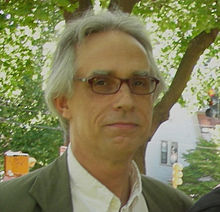 |
John Morrison has composed for a wide range of ensembles, solo instruments and chorus, and his music has been performed throughout the U.S. He teaches composition and theory at the Longy School of Music and was chair of the department from 2003 to 2010. Previously, Morrison taught at Tennessee State University, Luther College, Case Western Reserve University, Cleveland State University, the Cleveland Institute of Music, and Oberlin College. He does not believe in ghosts. |
Many Voices: The Science of Communication features one song by John Morrison, which was commissioned by NCFO:
- Parapsychological Pledge (lyrics by Abner Shimony) – Parapsychology is the study and practice of transmission and reception of messages by non-normal means, such a telepathy. There are practitioners who believe that messages can be veridically transmitted in this way and hence believe that there is a genuine technique of parapsychology. There are also respectable psychologists who are skeptical of these claims, and perform observations on practitioners of telepathy themselves.
[performance audio/performance video]
Download a zip file of the entire May 8, 2011 performance at the Broad Institute here (higher quality recording)
Download a zip file of the entire May 1, 2011 performance at the Museum of Science here (lower quality recording)
»

